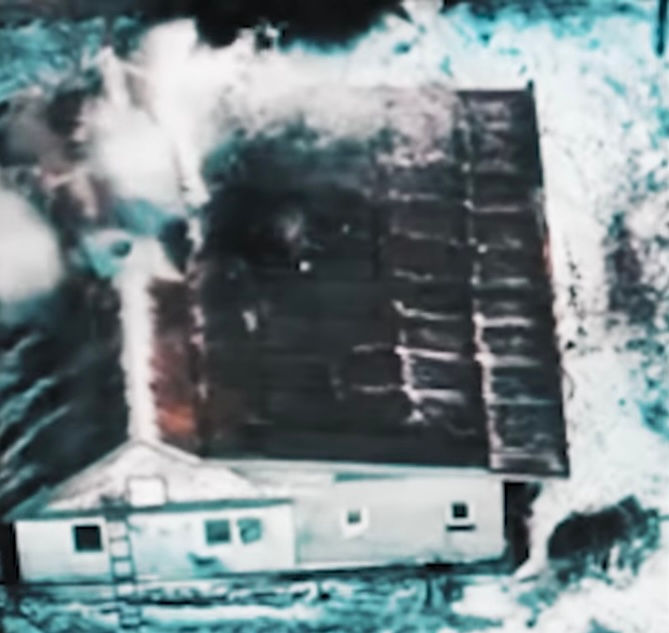Drones - Lessons from Ukraine
- Jane Makower Mather
- Oct 27
- 2 min read
Drones occupy a broad category, hard to define comprehensively, except by saying that they are unmanned and either autonomous or guided; that is, they can be either pre-programmed or remotely controlled.
However, you know one when you hear its engine, then silence when that engine cuts out, then, after a short interval, an explosion. Welcome to a new mode of warfare which is relatively cheap and turns artillery and tanks into clumsy, over-expensive and obsolete behemoths.
Explosive drones are preceded by spotter drones, which send information back to the controller. Some drones fly at about 2000 feet, others much lower. To tackle higher-flying ones effectively you need a special type of gun, but if you wait for them to come in low, you may already be too late when they appear over the buildings or trees that form your horizon. You hear them first. The moment is similar to that in 1944 when Londoners first heard the V-1 ‘Doodlebug’ with its buzzing pulse-jet motor and hoped for that sound to continue until it was well-past.
Until recently, many drones could be dealt with by jamming the radio waves on which they relied for guidance. Now, there is a new generation with trailing fibre-optic control cables that are invulnerable to this tactic. The tiny (0.3mm) fibre optic cable is contained in a spool carried beneath the drone, with a range of up to 10Km. Near the front line, the spent cables, exquisite and glistening, are draped over roads and landscape. They are an all too obvious reminder that you are in a danger area and are intensely vulnerable. To be a civilian, or a medic is no protection, because the drones attack all, voraciously. The city of Kostyantynivka, which we visited and supported last year, has become uninhabitable because of this chaos-monster – the indiscriminate drone attack.
It is the Russians who have the advantage in introducing fibre-optic guidance to the drone war. The Ukrainians, and their Western backers, are playing catch-up, but are making progress. Evidence of this is found in the car-park, where military pick-ups now often carry roof-racks bristling with apparatus that looks to be experimental in nature: assortments of domed cylinders or else spiky aerials like bizarre developments of kitchen implements. As a foreigner, I stay away from them and take no photos, as it would be too easy to be taken for a spy.
In some areas, there are reports of roads protected by nets suspended from tall polls, like a fruit cage. That seems to work, at least for the time being, until some countermeasure is found. But you cannot net over an entire village or town, so the basic problem remains.
The drone war is a re-imagined war of terror, small in scale but widespread; cheap by comparison with missiles and tanks, but in its own way, capable of its own devastation by depopulating an area at a time

Image taken from https://www.youtube.com/watch?v=0-TILEFxPA0




Comments